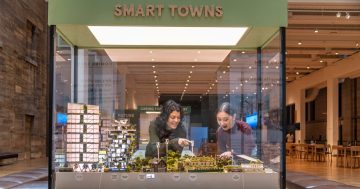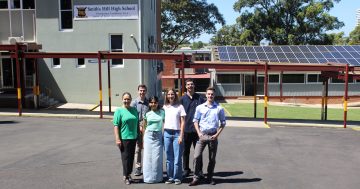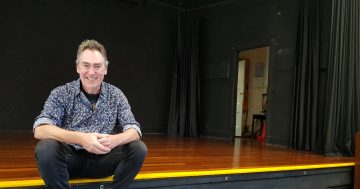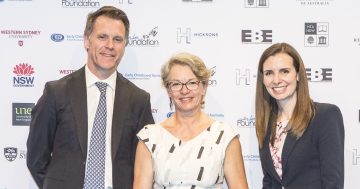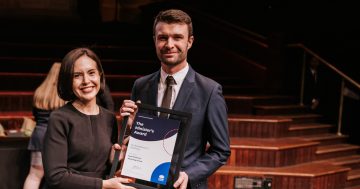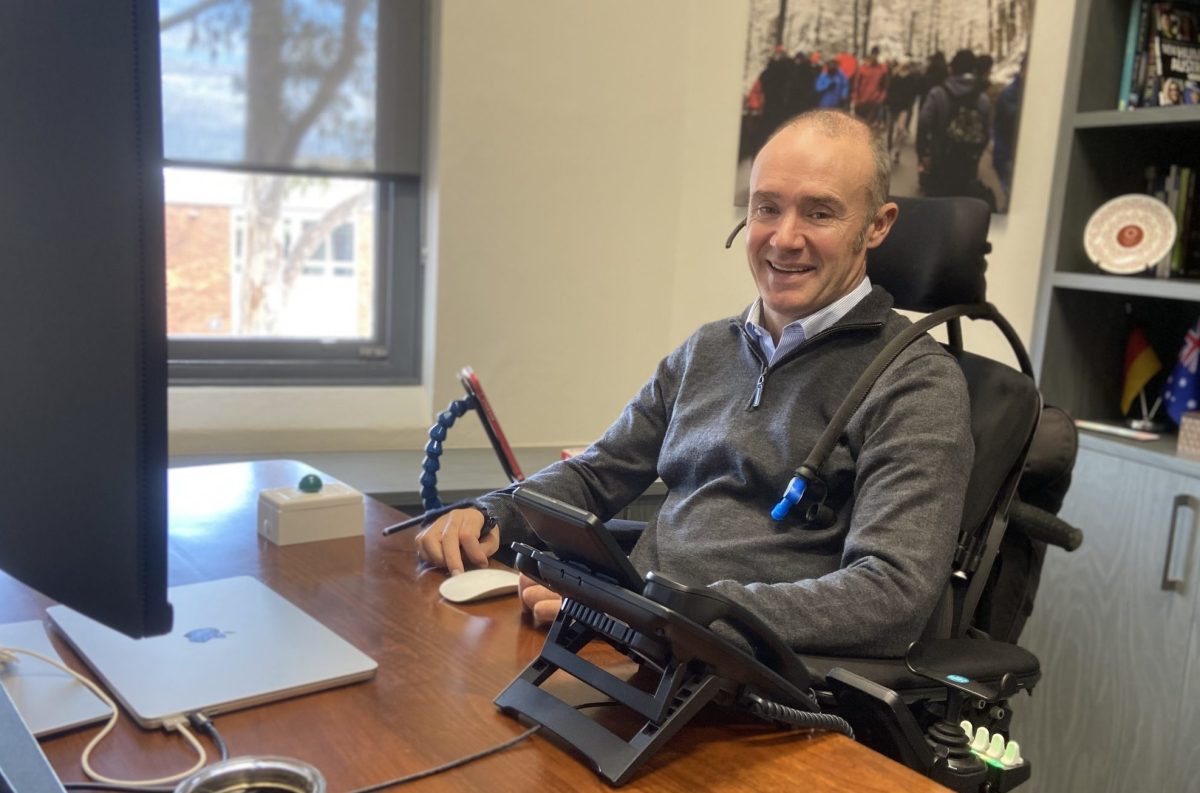
David Deitz’s return to the job he loves teaches us a lot about accessibility. Photo: Region.
It took two years for Smith’s Hill High School principal David Deitz to return to the role he’s loved since 2014, after sustaining a high-level spinal cord injury during a cycling event in 2023 — but he never doubted he would.
Thanks to months of rehabilitation, unwavering community support and key changes to the school environment, Mr Deitz officially returned to his role in January.
“It felt like coming home,” he said. “Over the two years I wasn’t at the school, I always thought of myself as the principal of the school. I never gave up on that.
“I felt very supported by my students, my staff and the broader school community. They’ve been encouraging and welcoming and that’s been a big part of the success of my return.”
As the world marks Global Accessibility Awareness Day, Mr Deitz is highlighting that accessibility is about more than buildings – it’s about making sure everyone has the support they need to take part, lead and succeed.
“I have a greater understanding about disability and the importance of accessibility — not only for staff but students and parents in schools. Global Accessibility Awareness Day is a good time to amplify those learnings,” he said.
“Before my injury I didn’t have a great deal of awareness around accessibility. Physical accessibility is one aspect, but there are other kinds. Digital accessibility comes to mind. We use QR codes for everything. For me, there’s no way I can pick up a phone and frame up a shot of a QR code to use it.
“It’s certainly made me think more about that and working with other organisations on how they can be more digitally inclusive.”
True to its name, Smith’s Hill is perched on an incline, with buildings dating back to the 1960s. Nevertheless, in preparation for Mr Deitz’s return, the school underwent several accessibility upgrades including automation of the principal’s office door and a school gate, as well as modifications to bathrooms and doorways.
If there’s one thing Mr Deitz has learned, it’s that the benefits of improvements to accessibility stretch beyond the individual.
“Six years ago, as a school we made the decision to put ramped access to the administration building because one of the parents of our students was in a wheelchair and we wanted them to access the main building. I have benefited from that myself,” he said.
“The strata at my current residence, when we moved in they made the decision to automate the entry doors — primarily to help me — but I see now people coming home with groceries in both hands, who can swipe and the door opens automatically.
“It all speaks to the bigger picture of accessibility: we must view it as something that doesn’t just meet the needs of the individual. When we improve accessibility to buildings and infrastructure it helps everyone, including future generations.”
Mr Deitz praised the Department of Education’s approach to meeting the accessibility needs of people with disabilities — an approach that prioritises communication and consultation — and said it could be broadly adopted by any organisation looking to make accommodations.
“That same mindset will help ensure any adjustments you’re making for a staff member or student will actually meet their needs, as opposed to making assumptions,” he said.
“Sometimes there are small things organisations can do that don’t have to be expensive.
“I’ve experienced great support from local businesses who’ve been willing to make changes to their business to allow me to access them. That’s been overwhelmingly the response I have received when I have asked the question.
“I hope Global Accessibility Awareness Day has prompted people to look at ways of making infrastructure more accessible, but also understanding that when we make those changes, we’re helping everybody.”








